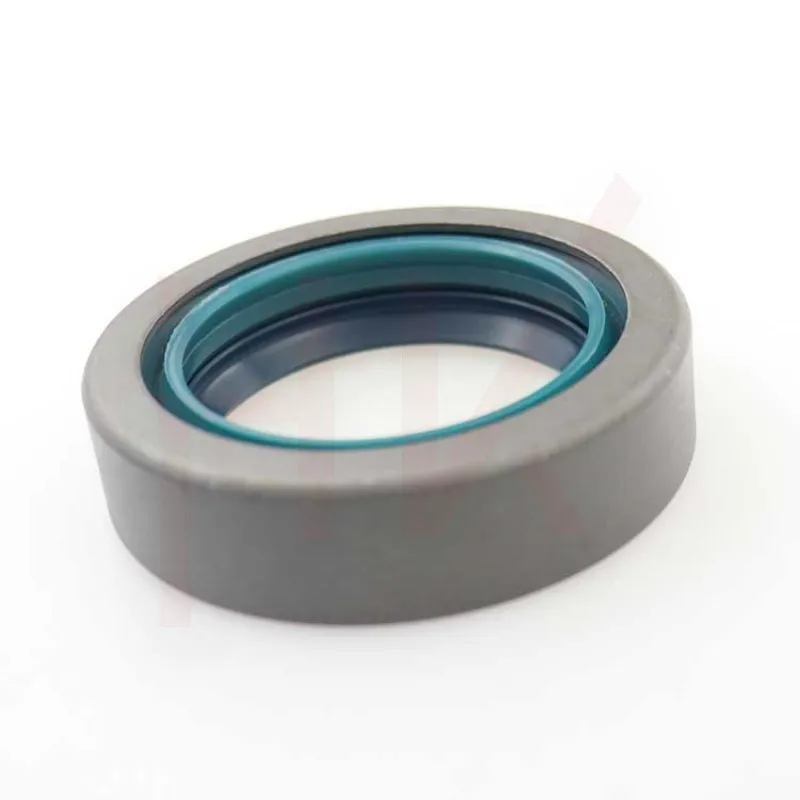Dec . 31, 2024 04:42 Back to list
Design and Functionality of Cylinder Gland Seals in Hydraulic Systems
The Importance of Cylinder Gland Seals in Engine Performance
Cylinder gland seals play a crucial role in the efficient operation of various machinery, notably in hydraulic and pneumatic systems, as well as in internal combustion engines. They are essential components that help maintain the integrity of pressure systems, ensuring that fluids such as oil, water, or air remain contained within cylinders. Understanding the function, types, and maintenance of cylinder gland seals is essential for anyone involved in machinery maintenance or design, as these seals significantly affect operational efficiency and equipment longevity.
Function of Cylinder Gland Seals
The primary function of a cylinder gland seal is to prevent the leakage of fluids from the cylinder. In many applications, such as hydraulic cylinders, the seal must withstand high pressures while maintaining a low-friction interface with the moving piston. This function is vital for preserving system pressure, which directly affects performance and response times. Additionally, effective sealing protects the internal components of the machinery from contamination by external particles and fluids, which can lead to wear and failure.
Types of Cylinder Gland Seals
Cylinder gland seals come in various types, each designed for specific applications and environments. The most common types include
1. O-Ring Seals These circular rings are made from elastomeric materials and are widely used due to their simple design and effective sealing capabilities. O-rings are often utilized in lower-pressure applications but can be employed in more demanding conditions when made of specialized materials.
2. U-Cup Seals Shaped like the letter U, these seals provide a dynamic sealing solution for hydraulic cylinders. They excel in both sealing on the rod and providing resistance to extrusion, making them suitable for a wide range of pressure and temperature scenarios.
3. V-Seals These are typically used to seal rotating shafts. Their unique design allows them to retain lubricant while protecting against dirt and debris, making them ideal for certain hydraulic and automotive applications.
cylinder gland seal

4. Lip Seals Featuring a lip that presses against the shaft, these seals help contain lubricant while preventing contamination. Lip seals can accommodate slight misalignment, making them a versatile option in many machinery settings.
5. Composite Seals These seals combine materials designed to enhance performance under extreme conditions, such as high temperatures or aggressive fluid environments. They are often custom-engineered to meet specific application demands.
Maintenance and Optimization
Maintaining cylinder gland seals is critical for ensuring optimal performance and extending the life of machinery. Regular inspections should focus on identifying signs of wear or damage, such as cracking, hardening, or deformation. Even minor leaks can lead to significant efficiency losses, increasing energy consumption and operational costs.
Proper lubrication is also essential, as the right lubricant can reduce friction and wear, extending the life of the seals and their mating surfaces. Additionally, making sure that the equipment operates within its prescribed pressure and temperature limits can prevent premature seal failure.
When replacing seals, it is crucial to choose the right type and material for the specific application. Factors such as fluid compatibility, temperature fluctuations, and operational pressure should be considered to ensure the selected seal provides a reliable and effective barrier.
Conclusion
Cylinder gland seals are indispensable components that ensure the reliability and efficiency of hydraulic and pneumatic systems. Their primary role in preventing fluid leakage and protecting internal mechanisms from contamination underscores their importance in machinery performance. By understanding the different types of cylinder gland seals and their applications, coupled with proactive maintenance strategies, operators and engineers can enhance equipment reliability and longevity. As technology advances, innovations in seal design and materials are likely to further improve the performance and capabilities of these essential components, driving progress in various industrial applications.
-
TCN Oil Seal Metal Ring Reinforcement for Heavy Machinery
NewsJul.25,2025
-
Rotary Lip Seal Spring-Loaded Design for High-Speed Applications
NewsJul.25,2025
-
Hydraulic Cylinder Seals Polyurethane Material for High-Impact Jobs
NewsJul.25,2025
-
High Pressure Oil Seal Polyurethane Coating Wear Resistance
NewsJul.25,2025
-
Dust Proof Seal Double Lip Design for Construction Equipment
NewsJul.25,2025
-
Hub Seal Polyurethane Wear Resistance in Agricultural Vehicles
NewsJul.25,2025
-
The Trans-formative Journey of Wheel Hub Oil Seals
NewsJun.06,2025
Products categories
















